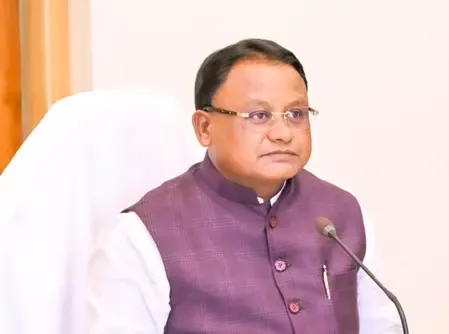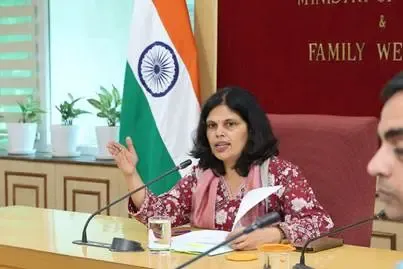Are Eviction Drives Targeting 'Miya-Muslim' Encroachers Rather Than Minority Areas?

Synopsis
Key Takeaways
- Eviction drives target illegal settlements.
- 'Miya-Muslims' are the primary focus.
- Tribal groups may be eligible for land rights.
- Protests will not alter government policy.
- 1.29 lakh bighas have been reclaimed.
Guwahati, Aug 11 (NationPress) Assam Chief Minister Himanta Biswa Sarma, on Monday, dismissed the claims that the current eviction drives by the state administration are targeting areas predominantly inhabited by minorities. Instead, he emphasized that these actions specifically focus on 'Miya-Muslims', who are accused of illegally occupying forest and other designated lands.
While speaking to journalists in Chirang, Chief Minister Sarma clarified that the operations are aimed at clearing unauthorized settlements from forest regions, village grazing reserves, and professional grazing reserves that have been taken over by members of this community.
The term 'Miya' is often used derogatorily in Assam to describe Bengali-speaking Muslims, many of whom are viewed by other communities as migrants from Bangladesh.
"Eviction is not occurring in minority areas. The focus is on 'Miya-Muslims' who have encroached on forest or reserved land," added the Chief Minister.
He pointed out that tribal communities like the Bodo and Mising may be eligible for land rights ('patta'), but non-tribals are not entitled to claim forest land under current regulations.
According to the Chief Minister, 'Miya-Muslims' already possess large swathes of the riverine 'chars'—fertile sandbanks along the Brahmaputra—and cautioned against their migration into districts such as Sivasagar, Jorhat, and Golaghat.
"Where will the Assamese people reside?" he questioned.
In response to protests by the All Assam Minority Students' Union (AAMSU) in Dhubri regarding the eviction drives, Chief Minister Sarma made it clear that public demonstrations would not sway government policy.
"If AAMSU escalates their protests, further evictions will take place," he warned.
Addressing concerns that land cleared in Golaghat and Karbi Anglong would be transferred to large industrial companies, CM Sarma stated that the reclaimed areas will be designated for plantations.
Reaffirming his government's dedication, CM Sarma stated that the eviction initiative would persist until all encroached lands are retrieved.
Out of the 29 lakh bighas under encroachment in Assam, he noted that 1.29 lakh bighas have been reclaimed in the past four years.









